1. California
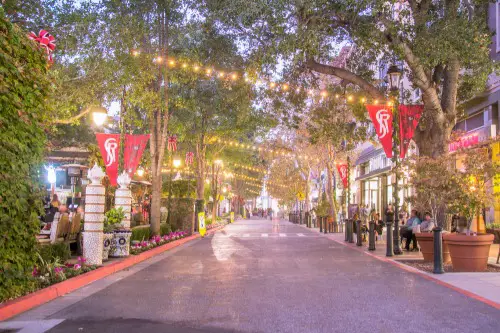
No surprise here—California is the poster child for real estate absurdity. The median home price in many cities has crossed $800,000, and in tech hubs like San Jose or San Francisco, it can top $1.4 million. You’d think the prices would cool with remote work allowing people to move elsewhere, but somehow, demand hasn’t flinched much. Combine that with strict zoning laws and limited new construction, and you’ve got a market that defies logic.
People are leaving in droves, yet prices stay sky-high. You’d expect a mass exodus to deflate the bubble, but the coastlines, schools, and job markets keep demand inflated. Even inland areas like Fresno and Riverside have seen double-digit year-over-year growth. It’s one of those “how is this still happening?” kind of states.
2. Texas
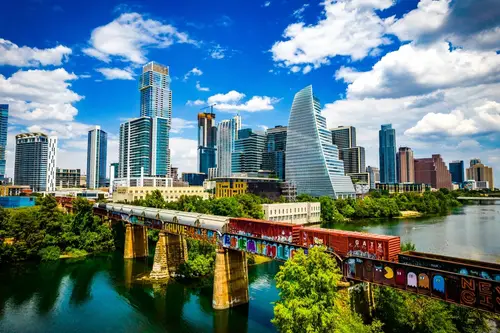
You used to move to Texas for affordable housing, but in cities like Austin, that dream’s fading fast. The median home price in Austin shot past $570,000 at its peak, driven by a tech boom and influx of remote workers. Sure, prices have cooled a bit recently, but they’re still far above pre-pandemic levels. It’s gotten to the point where locals are getting priced out of neighborhoods they’ve lived in for decades.
What’s strange is that Texas has tons of land and generally relaxed zoning laws. But demand is so intense in urban centers that supply still can’t keep up. And in places like Dallas and Houston, bidding wars are still happening. It’s like the whole state skipped the “moderately expensive” phase and just went straight to “this is ridiculous.”
3. Idaho
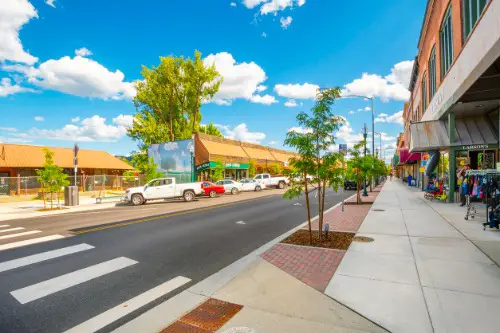
Boise used to be one of those hidden gems—quiet, affordable, with beautiful scenery. Then the pandemic hit, and suddenly, it became a magnet for Californians fleeing high prices. The result? Boise saw one of the highest spikes in home values nationwide, with prices nearly doubling in just a couple of years.
The kicker is that local wages haven’t kept up at all. You’ve got folks making $50K competing with remote workers earning twice that. It’s created a serious affordability crisis for long-time residents. If there’s one place where prices make zero sense given the local economy, it’s Idaho.
4. Florida
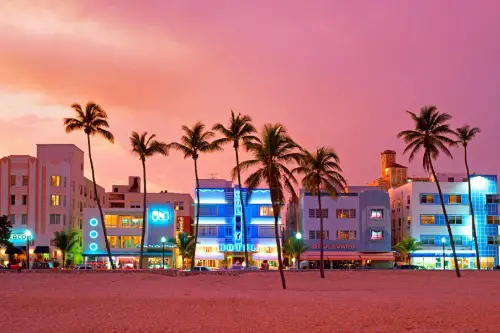
Florida’s housing market has gone full theme park—unpredictable and wild. Cities like Miami, Tampa, and Orlando have seen property values skyrocket post-2020, fueled by migration from the Northeast and Midwest. In Miami, the median home price is now well over $600,000, even though incomes haven’t followed suit. Meanwhile, insurance costs are skyrocketing due to climate risk, adding another layer of “what is going on here?”
And yet, demand keeps rising, especially in coastal and suburban areas. Retirement communities are booming, and so are high-end condos. Investors are still pouring money into Airbnb-style properties despite new restrictions. You’d think flood zones and hurricanes would cool things down, but nope.
5. Colorado
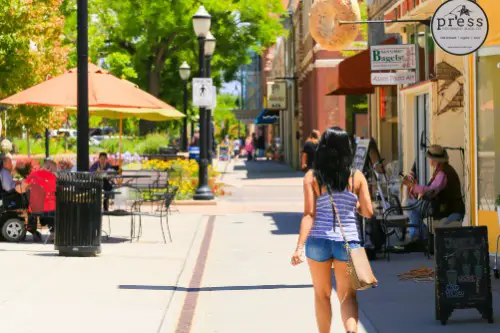
Denver and Boulder have become some of the least affordable cities relative to income in the entire country. At one point, Denver’s median home price soared past $700,000, a shocking figure for a city that wasn’t on many people’s radar 20 years ago. What’s driving it? A mix of tech industry growth, mountain-town appeal, and serious supply constraints.
Rural areas and ski towns aren’t spared either. Places like Aspen and Vail are practically reserved for millionaires now. Even mid-sized towns like Fort Collins have seen prices spike by 40% since 2020. It’s like the entire state got caught in a pricing blizzard and forgot to come down.
6. Montana
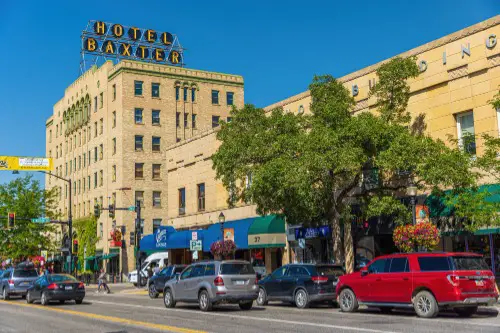
Montana is stunning, but its housing market has taken a bizarre turn. The remote work boom sent wealthier buyers into places like Bozeman and Missoula, where home prices have nearly doubled since 2019. These are small towns with limited housing stock, so even a modest influx sends prices through the roof. Now, $1 million for a basic house in Bozeman isn’t unusual.
Locals are being priced out, and service workers can’t afford to live where they work. The irony? There’s plenty of land, but local development restrictions and NIMBYism keep new builds in check. It’s a state where beauty has become a curse when it comes to real estate. People came for the wilderness, and now the prices are just wild.
7. Arizona
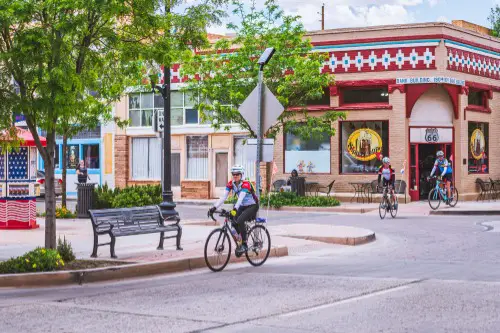
Phoenix was once known for its affordable suburban sprawl, but those days are long gone. Since 2020, home prices in Phoenix have jumped over 40%, making it one of the fastest-growing housing markets in the U.S. You’d expect this in coastal cities, but Phoenix? It’s the desert—it’s not supposed to be this expensive.
Add to that surging temperatures, limited water supply, and rising insurance rates, and the prices feel even more baffling. New construction is happening, but not fast enough to meet demand. Investors have scooped up a ton of properties, squeezing out first-time buyers. It’s a city where affordability used to be the draw, and now it’s the problem.
8. Washington
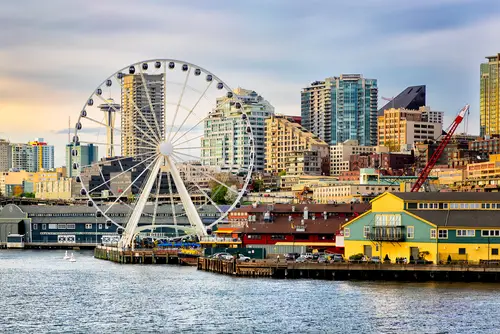
Seattle’s been in crazy-price territory for a while now, but the insanity has spread. Even suburbs like Bellevue and Redmond have median prices nearing or exceeding $1 million. The tech money from Amazon, Microsoft, and a slew of startups has created a real estate juggernaut. You’ll find modest homes selling for luxury prices—and fast.
Meanwhile, outside of King County, rural areas are feeling the ripple effect. Places like Spokane and Bellingham are seeing spikes as priced-out city dwellers relocate. But wages in those areas don’t match the new reality. It’s like the high prices packed a bag and decided to travel the whole state.
9. Nevada
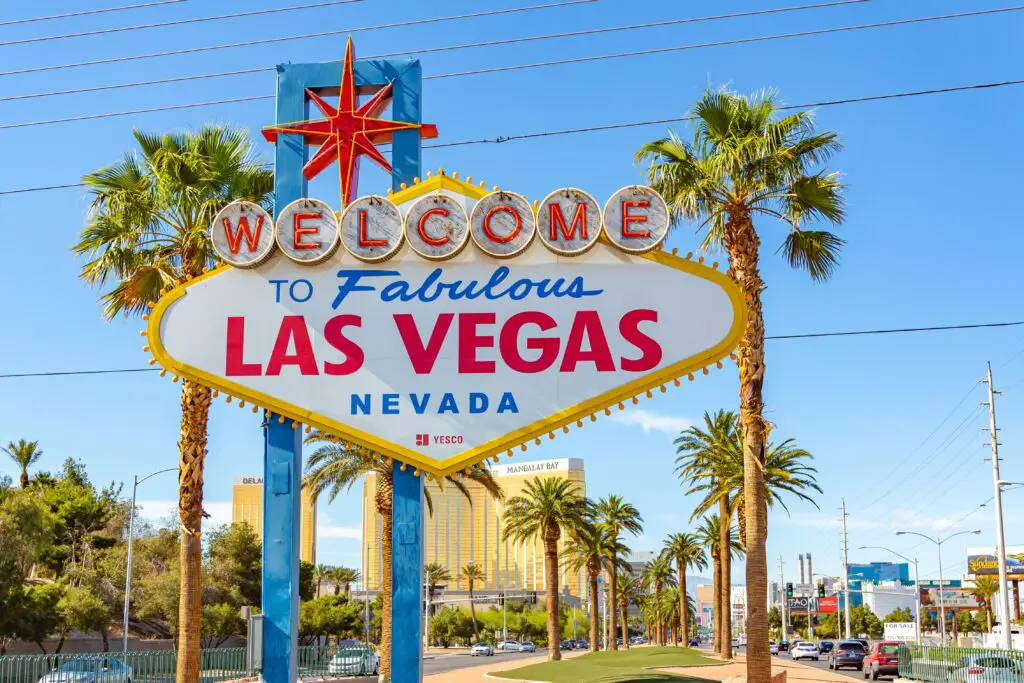
Las Vegas is no longer a haven for cheap housing. Since 2020, home prices have soared by over 40%, making it one of the hottest markets in the West. The irony? It’s still marketed as an affordable alternative to California—even though affordability is rapidly fading.
What’s really puzzling is that many new buyers are investors and flippers, not long-term residents. And yet the inventory remains tight, partly because owners don’t want to sell and give up low mortgage rates. Meanwhile, locals in the hospitality industry are struggling to buy anything. In a city built on illusions, maybe the housing market is the biggest trick of all.
10. Oregon
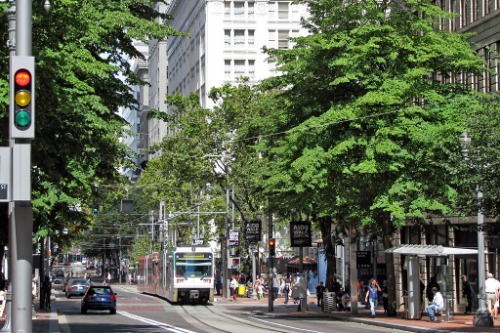
Portland’s housing prices are high—and staying high—even as the city faces growing concerns about livability. Median home prices are still above $550,000, and rents haven’t eased up either. You’d think the mix of urban challenges and population outflow would cool things down. But tight supply and demand from remote workers keep prices artificially inflated.
Even smaller cities like Bend and Eugene have seen massive price spikes. The outdoor lifestyle draws in people from California and beyond. But incomes in Oregon don’t come close to justifying these housing costs. It’s become a state where natural beauty costs a premium—maybe too much of one.
11. Utah
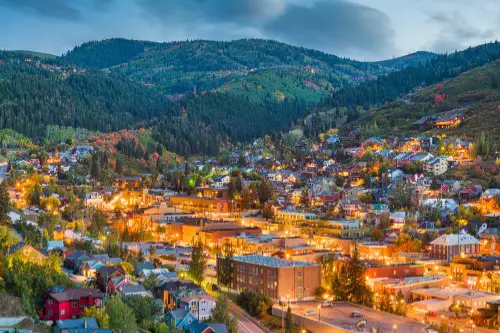
Salt Lake City has seen some of the steepest price increases in the country. Home values nearly doubled between 2019 and 2022, turning a mid-priced city into a top-tier one overnight. What’s strange is that there’s land available, but zoning and infrastructure haven’t kept up. Add to that a young, fast-growing population, and you’ve got a recipe for chaos.
Even Provo and Ogden are seeing home prices well above what local salaries can support. Many buyers are from out of state, pushing up the cost curve. And there’s still strong demand despite rising interest rates. Utah went from under-the-radar to unaffordable way too fast.
12. Tennessee

Nashville is the main culprit here—home prices there have gone up more than 50% since 2020. Music City has become a magnet for investors, second-home buyers, and remote workers alike. The result? Even average homes are selling for over $450,000 in a state with relatively modest incomes.
What’s odd is how quickly the whole state followed suit. Chattanooga, Knoxville, and even parts of Memphis have seen noticeable jumps. Demand is still strong, but affordability is rapidly slipping. Tennessee’s charm hasn’t faded—but it’s getting much more expensive to buy into.
13. North Carolina
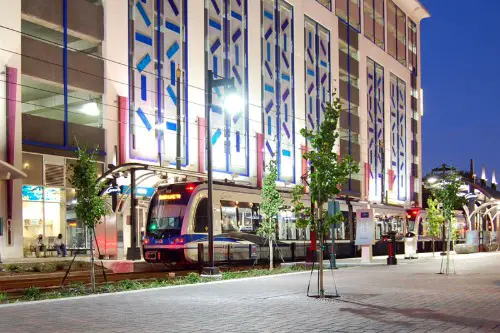
Charlotte and Raleigh have been booming for years, but prices are getting out of hand. The median home price in both cities has crossed the $400,000 mark, up significantly from just a few years ago. Tech jobs and bank headquarters are partly to blame, but so is the national trend of people moving south. The growth is great for the economy but tough for buyers.
Even smaller cities like Asheville and Wilmington are no longer “cheap alternatives.” High demand and limited supply are common themes across the state. Local buyers often lose out to cash-rich out-of-staters. North Carolina’s real estate market just doesn’t seem to care about economic gravity anymore.
14. Georgia
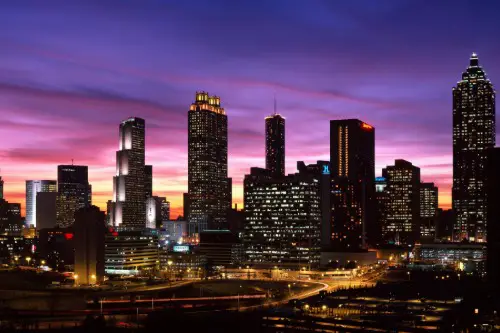
Atlanta’s real estate has gone from warm to scorching. Median home prices in the metro area are now around $400,000, up sharply from under $300,000 in 2019. This despite concerns about affordability, traffic, and infrastructure strain. It’s another example of remote workers and investors driving demand beyond reason.
Even suburban and exurban counties like Gwinnett and Henry are seeing rapid appreciation. Incomes haven’t kept pace, making it harder for locals to keep up. And with rising construction costs, relief doesn’t seem on the horizon. For a city once known for affordability, Atlanta is now rewriting its own script.
15. New York
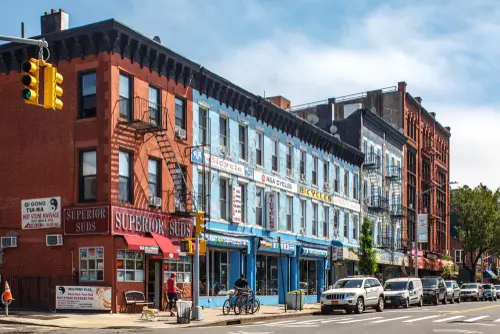
New York real estate has always been pricey, but now it’s just plain surreal. Manhattan’s median home price is still hovering around $1 million, and even outer boroughs like Brooklyn and Queens are no longer affordable alternatives. The pandemic briefly softened prices, but they’ve since rebounded with a vengeance. And forget about buying—rents are also breaking records across the city.
What’s even more baffling is that upstate isn’t immune anymore. Cities like Albany, Buffalo, and Rochester have seen double-digit price increases, despite stagnant local wages. Investors and remote workers are snapping up properties, pushing out long-time residents. It’s like the whole state caught the NYC fever—and no one’s found a cure.
16. Massachusetts
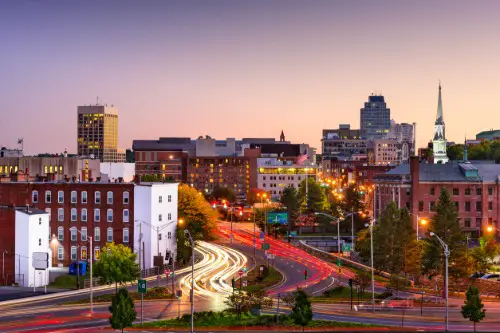
Boston’s housing market has been defying logic for years, and it’s only gotten worse. The median home price in the metro area is now over $700,000, driven by limited inventory and high demand from tech and biotech workers. Even modest condos in Cambridge or Somerville can fetch seven figures. It’s a market where a bidding war is the norm, not the exception.
What’s wild is that even smaller towns and suburbs are feeling the heat. Places like Worcester and Springfield, once considered affordable, are now seeing rapid appreciation. The state’s strict zoning laws and slow construction pace only add fuel to the fire. Massachusetts may be rich in history, but it’s becoming poor in housing options.
17. Hawaii

Paradise comes at a price—and in Hawaii, that price is astronomical. The median home price on Oahu is over $1 million, and even on less populated islands, prices are sky-high. Limited land, strict building codes, and high construction costs all contribute to the madness. But it’s also driven by second-home buyers and investors who don’t blink at seven-figure listings.
The real tragedy is how it affects locals. Many native Hawaiians are being priced out of their own communities, forced to move to the mainland. Wages haven’t kept up, and affordable housing is in critically short supply. It’s a classic case of beauty becoming a burden.
18. Illinois
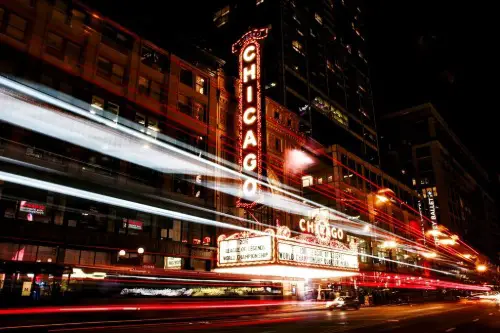
Chicago’s real estate market is a tale of two cities. While some neighborhoods remain relatively affordable, others—like Lincoln Park or the West Loop—have seen prices soar. The median home price in the city is now over $350,000, and luxury condos can easily top $1 million. It’s a strange dynamic in a city with declining population and rising crime concerns.
Even more confusing is the suburban surge. Towns like Naperville and Evanston are experiencing bidding wars and rapid appreciation. Remote work has made these areas more attractive, but the price jumps still feel out of sync with local incomes. Illinois isn’t usually on the “hot market” list, but lately, it’s been heating up in unexpected ways.
19. South Carolina
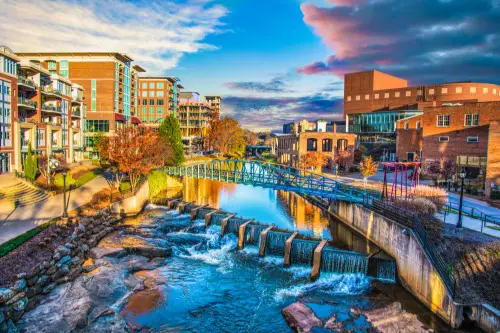
Charleston and Greenville have become real estate hotspots, with prices rising far faster than wages. Charleston’s charm and coastal appeal have drawn in buyers from across the country, pushing median home prices above $500,000. Meanwhile, Greenville’s tech and manufacturing growth has made it a magnet for new residents. But the housing supply hasn’t kept up, and affordability is slipping fast.
Even smaller towns are seeing surprising spikes. Myrtle Beach and Hilton Head are now dotted with luxury developments and vacation homes. Locals are finding it harder to compete with out-of-state cash buyers. South Carolina’s Southern hospitality is still intact—but its housing market is anything but welcoming.
20. Pennsylvania
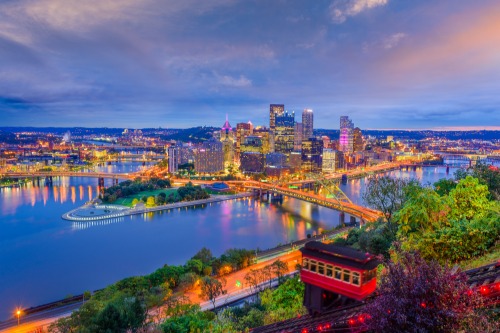
Philadelphia’s housing market has quietly gone off the rails. Median home prices have climbed steadily, especially in gentrifying neighborhoods like Fishtown and Brewerytown. The city’s appeal to remote workers and investors has driven demand, even as crime and infrastructure issues persist. It’s a market where the fundamentals don’t quite add up.
Outside of Philly, places like Pittsburgh and the Lehigh Valley are also seeing unexpected price jumps. These were once bastions of affordability, but not anymore. The influx of buyers from more expensive states is distorting local markets. Pennsylvania’s real estate scene is starting to feel like a game of Monopoly—only with real consequences.
21. Michigan
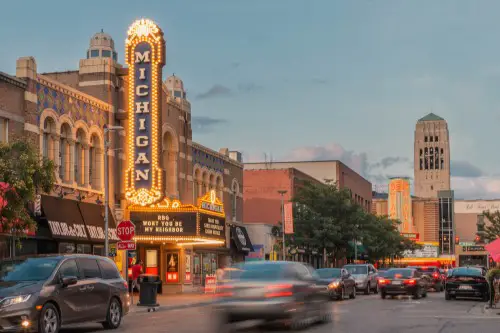
Detroit’s comeback story has included a surprising twist: rising home prices. Once known for rock-bottom real estate, the city has seen values climb significantly in revitalized neighborhoods. The median price is still relatively low compared to coastal cities, but the rate of increase is what’s shocking. Investors and developers are betting big, and locals are feeling the squeeze.
Even outside Detroit, cities like Ann Arbor and Grand Rapids are seeing steep appreciation. These college towns and tech hubs are drawing in new residents, but housing supply is tight. Wages haven’t kept pace, and affordability is becoming a real concern. Michigan’s market may not be the most expensive—but it’s definitely one of the most surprising.
22. Minnesota
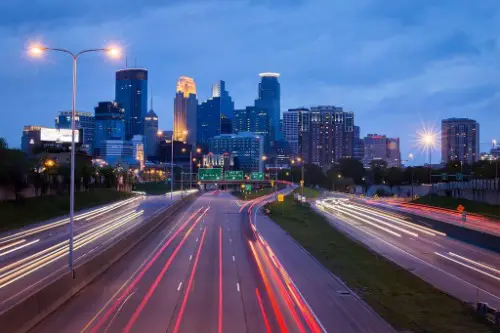
Minneapolis and St. Paul have seen home prices rise sharply in recent years. The Twin Cities now have a median home price over $400,000, a big jump from just a few years ago. The area’s strong job market and quality of life are attracting new residents, but housing supply hasn’t kept up. Add in rising construction costs, and the market feels increasingly out of reach.
Even smaller towns like Rochester and Duluth are seeing price spikes. Remote work has made these areas more attractive, but the infrastructure isn’t ready for the influx. Locals are struggling to compete with out-of-state buyers. Minnesota’s housing market may be cold in climate—but it’s red-hot in pricing.
23. Indiana
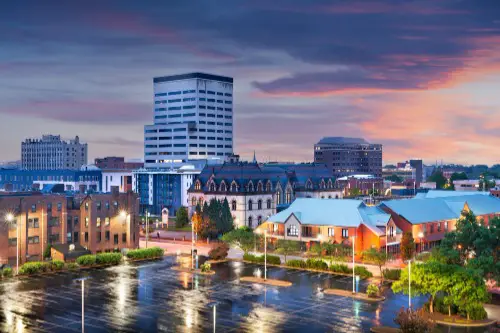
Indianapolis used to be a poster child for affordability, but that’s changing fast. Home prices have jumped over 30% since 2020, and inventory remains tight. The city’s growing tech and logistics sectors are drawing in new residents, but wages haven’t kept pace. It’s a market that feels like it skipped a few steps on the price ladder.
Even smaller cities like Bloomington and Lafayette are seeing surprising appreciation. Investors are buying up properties, and first-time buyers are getting squeezed out. The state’s low property taxes and central location are appealing—but they’re also driving demand. Indiana’s housing market is starting to feel like a runaway train.
24. Wisconsin
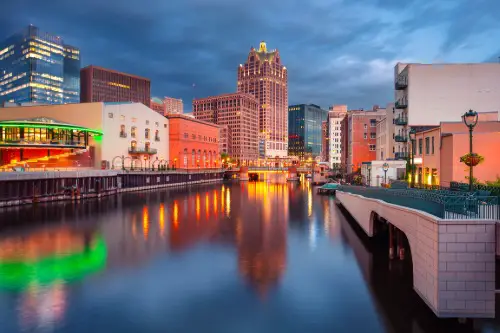
Madison and Milwaukee are leading the charge in Wisconsin’s real estate surge. Madison’s median home price is now over $450,000, driven by tech jobs and university growth. Milwaukee, once a bastion of affordability, is seeing rapid gentrification in key neighborhoods. It’s a surprising trend in a state not known for housing drama.
Even rural areas and vacation spots like Door County are seeing price spikes. Remote work and second-home buyers are reshaping the market. Locals are finding it harder to buy in their own communities. Wisconsin’s cheese might be affordable—but its homes are anything but.
25. Missouri
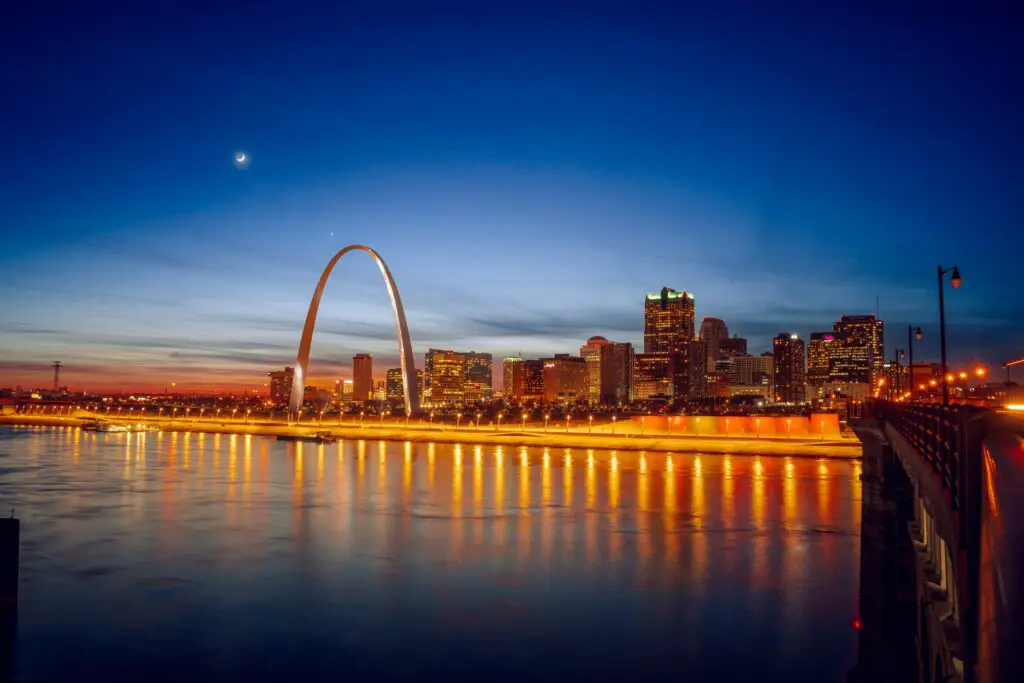
St. Louis and Kansas City are both experiencing housing booms that defy expectations. Median home prices in both cities have risen sharply, with some neighborhoods seeing 40% increases since 2020. The influx of remote workers and investors is a big factor, but so is limited new construction. It’s a market where demand is outpacing logic.
Even smaller towns like Columbia and Springfield are feeling the pressure. These areas were once havens for affordable living, but that’s quickly changing. Local wages haven’t kept up, and inventory is tight. Missouri’s housing market used to make sense—now it’s just making headlines.
26. New Jersey
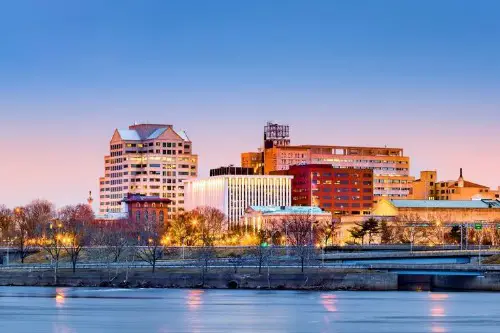
New Jersey’s proximity to New York City has always kept prices high, but now they’re downright dizzying. Towns like Hoboken and Jersey City have median home prices well over $700,000, rivaling Manhattan. Even suburban areas like Montclair and Princeton are seeing bidding wars and record highs. It’s a state where “starter home” now means “half a million dollars.”
What’s even more confusing is that prices are rising statewide. Shore towns, rural areas, and even post-industrial cities like Paterson are seeing appreciation. Remote work has made the whole state more attractive—but also more expensive. New Jersey’s real estate market has officially gone off the rails.
This post 26 American States Where Real Estate Prices Make Zero Sense Anymore was first published on American Charm.


